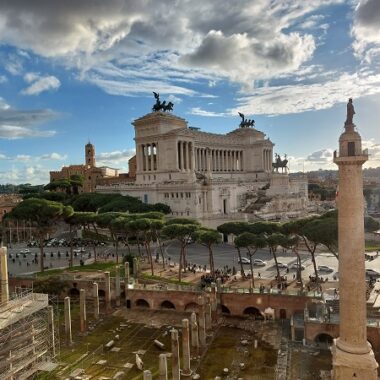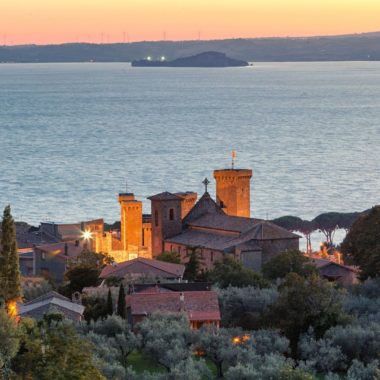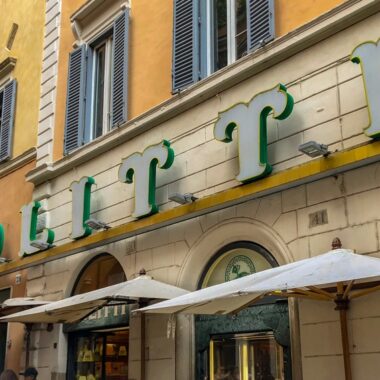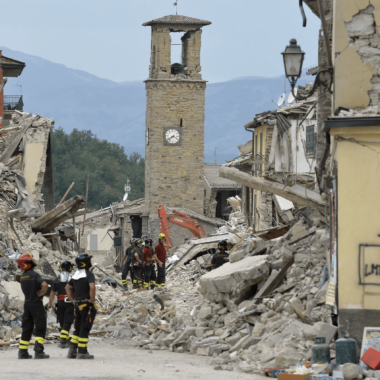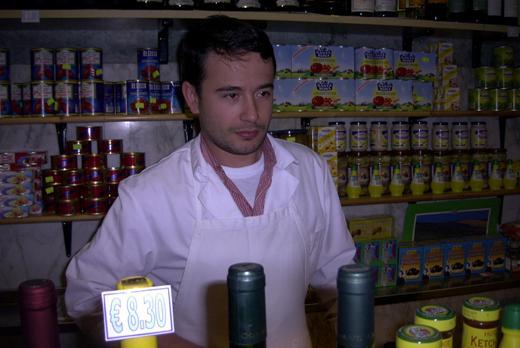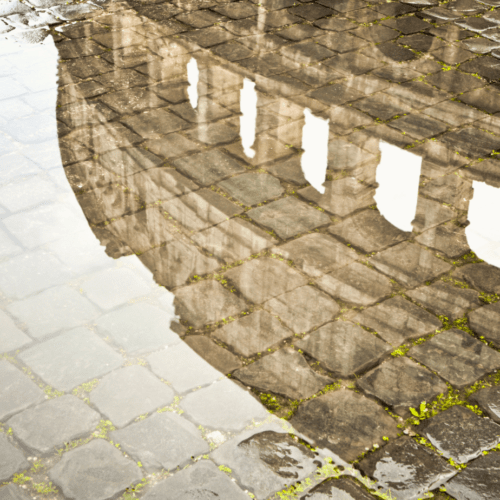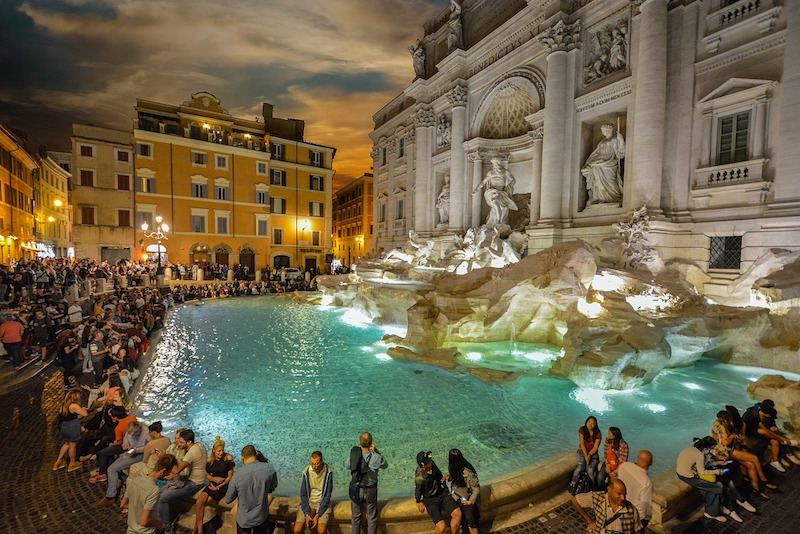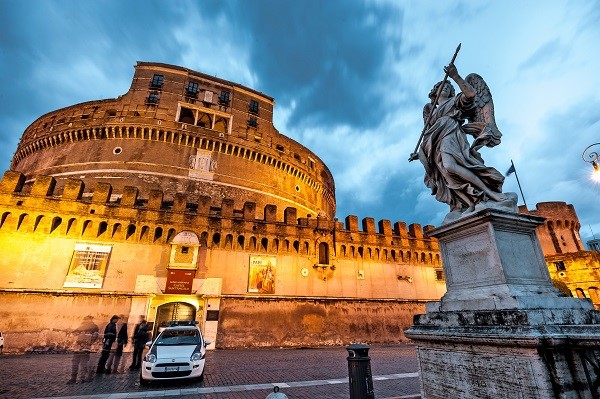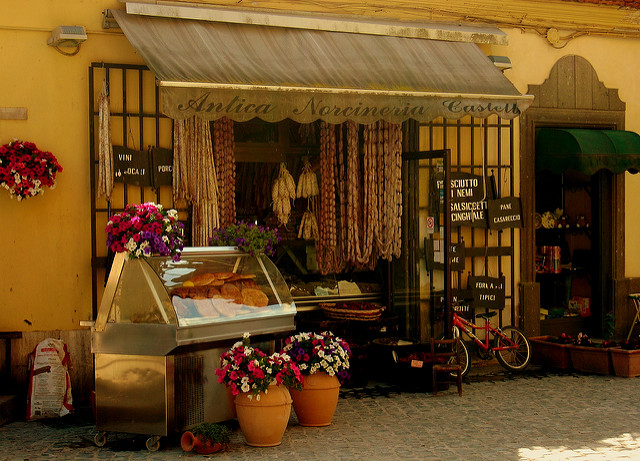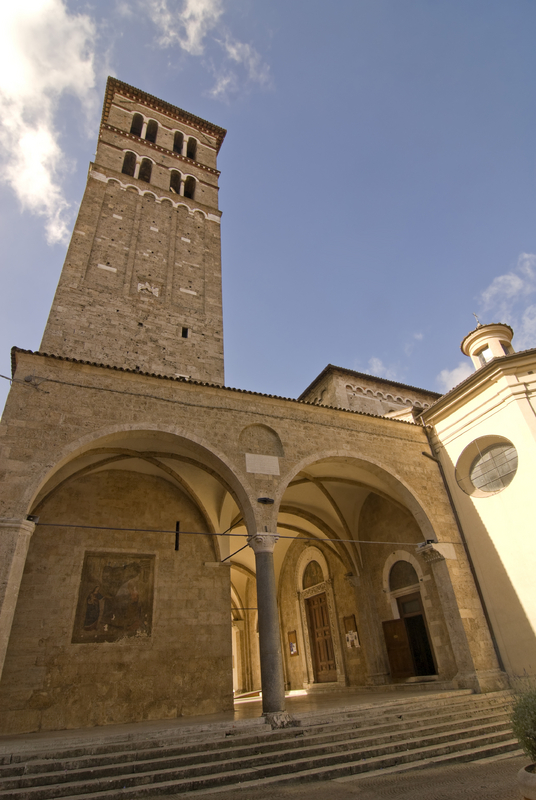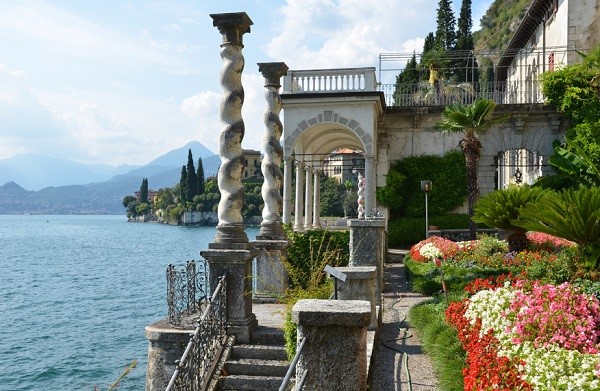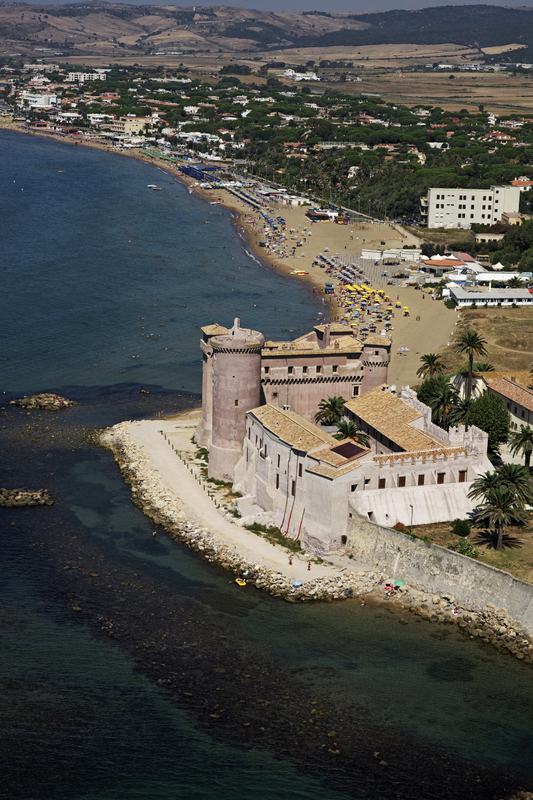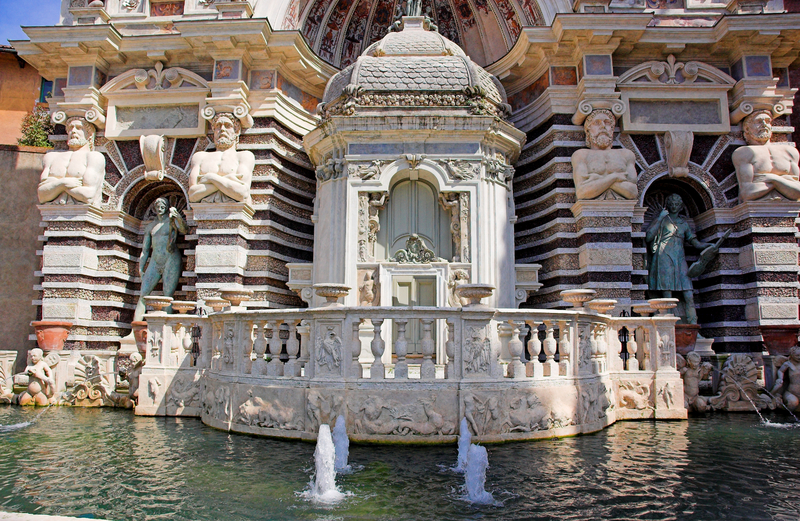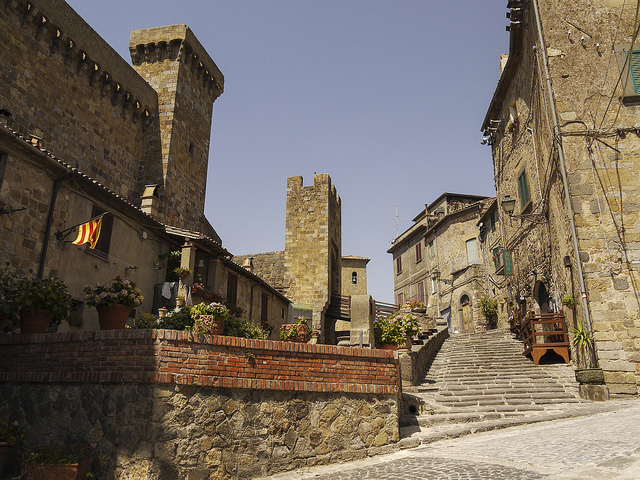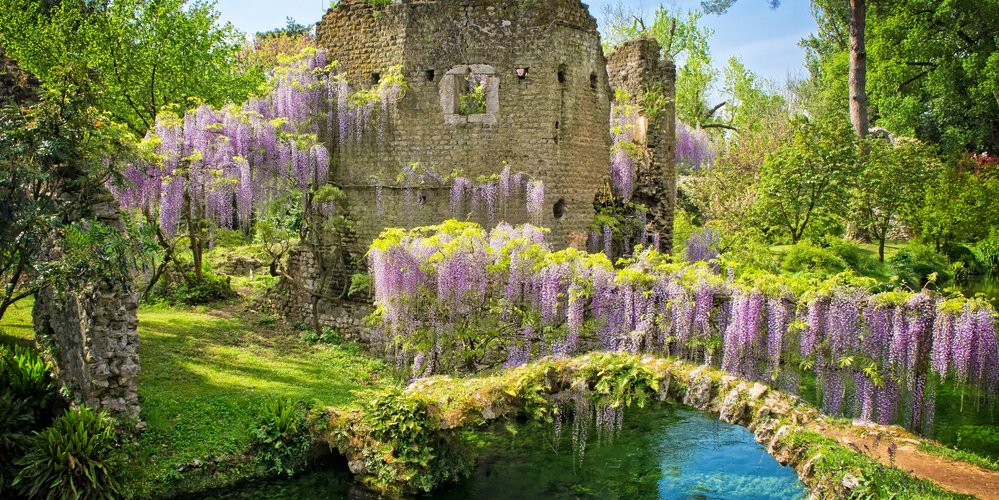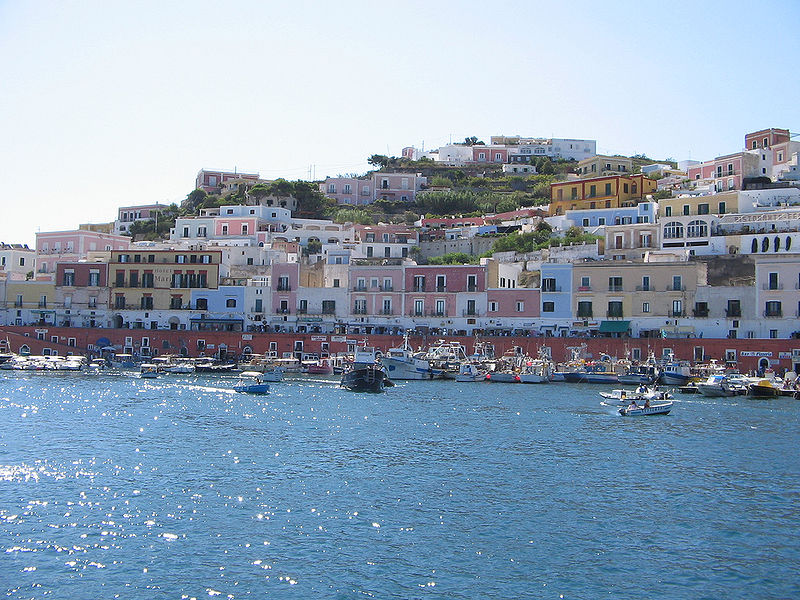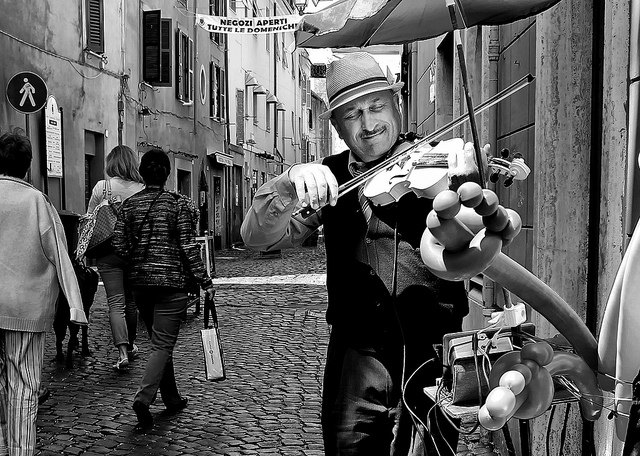Thirty kilometers outside of Rome one can find Lake Nemi and the town that is its namesake. The volcanic lake is most famous for its sunken Roman ships and the archeological exhibits that can be viewed on its banks.
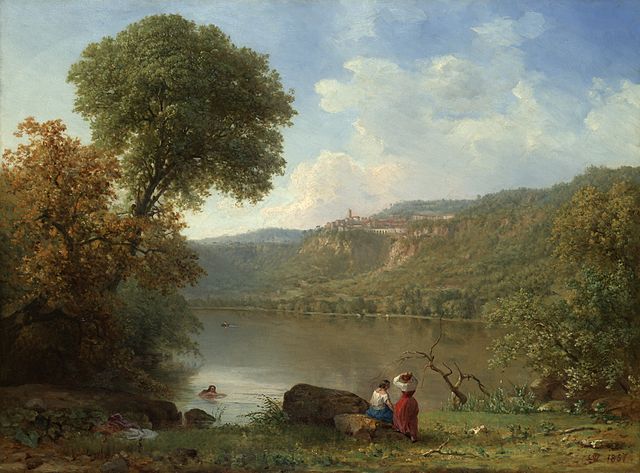
Lake Nemi
The Roman ships excavated from the lake were large and quite technologically advanced. It is said that Emperors Tiberius and Caligula sailed on the lake to show that they were rulers aligned to the stars and the Earth’s perpetual life force.
In its time Lake Nemi has not only called emperors but to artists. The American painter George Inness painted the lake during his second trip to Italy, a work that he considered one of his best. There is also a 1976 novel by Muriel Spark, which features a story set among three fictitious villas on the bank of the lake.
The Nemi Ships
The Nemi Ships were built by Emperor Caligula during the 1st century AD, the largest designed to be a very elaborate floating palace. The ancient ship boasts baths, heating, mosaic floors, and marble. Both of Caligula’s Nemi Ships made use of the most advanced technology available at the time. It is believed that while building the ships the Emperor was influenced by the lifestyles of the Hellenistic rulers from Ptolemaic Egypt and Syracuse.

In 1446, Leon Battista Alberti and Cardinal Prospero Colonna followed up on the local stories of the ship remains at the bottom of Lake Nemi. They found the Roman ships buried in about 18 meters of water, which made removing them a difficult prospect. The dives conducted by the men caused damage to the ships and shed little light on their construction, except to reveal that the wood used had been covered with lead sheathing.
Nearly a hundred years later Francesco De Marchi used a diving bell and dove on the wreck. De Marchi was able to determine that tenon and mortise joints had been used during the construction. At the time there was no scholarly interest in the ships so no further investigations were conducted.
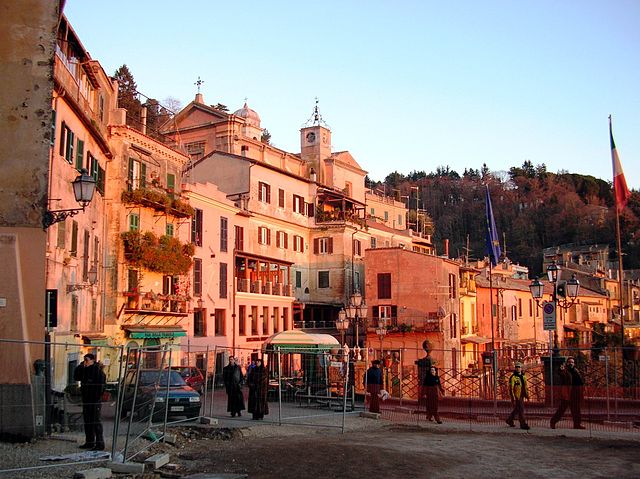
In 1827 interest in the Nemi Ships was renewed, mostly because people believe the materials recovered had belonged to the Village of Caesar or a Temple of Diana. At the time Annesio Fusconi built a floating platform to try to recover the wrecks but was not successful. Only when Benito Mussolini ordered the lake to be drained in 1927 were the ships recovered.
With the help of the Navy, private individuals and industry, and the Army, an old Roman water conduit that linked the lake to the farms were reactivated. In 1928 the level of the lake began to drop and the first ship broke the surface in March of 1929. A museum was built for the ships in 1936.
Popular destinations at Lake Nemi
Nemi, Italy
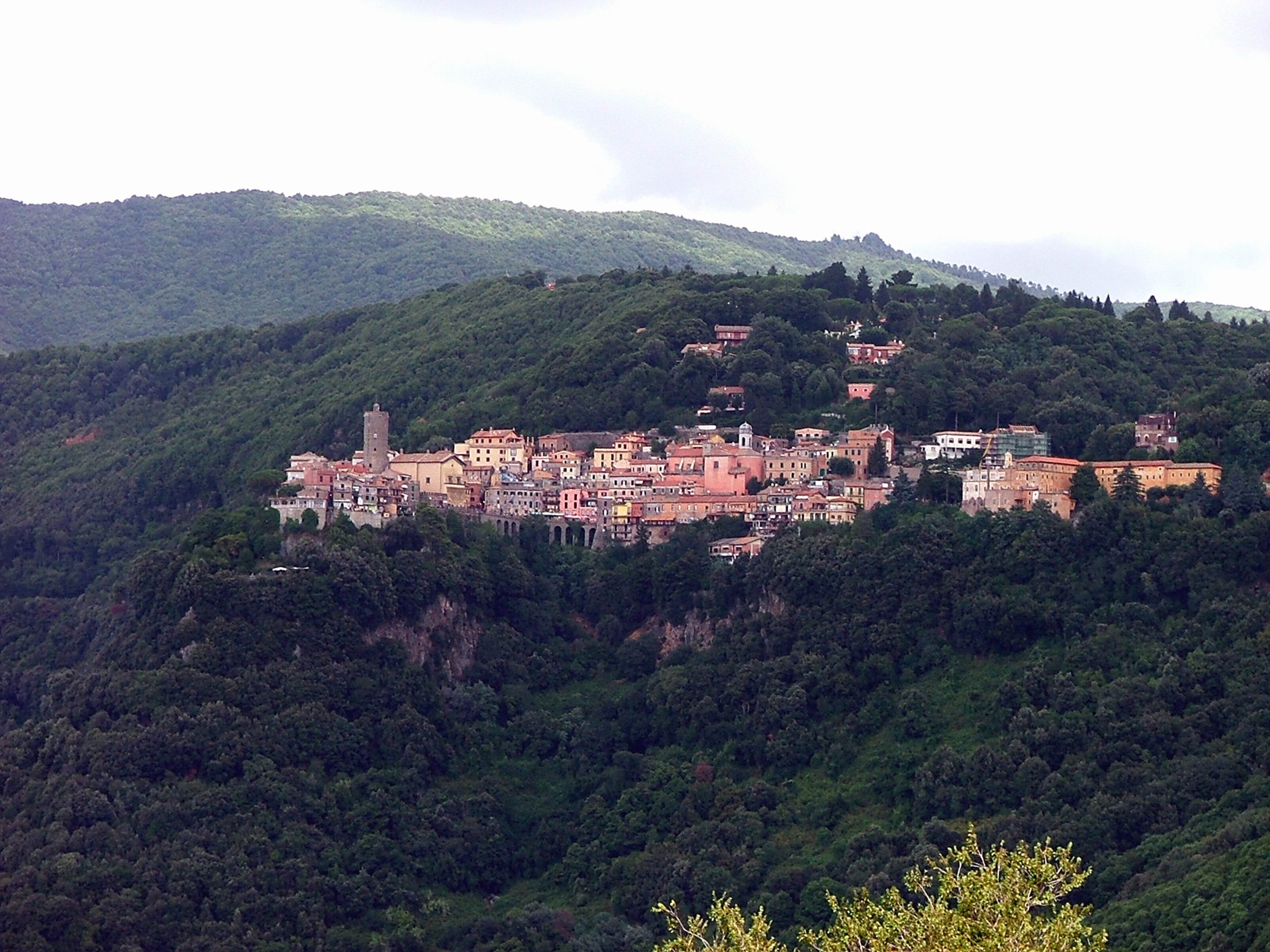
The town of Nemi overlooks the lake from up high and is the reason the lake got its name. Located in the Alban Hills, the modern-day town of Nemi was once home to famous Roman temples and cults.
The town boasts several 18th-century churches and the main monument in the area is the Castello Ruspoli. The 10th-century castle dominates the entire landscape. Visitors to Nemi should also try their famed wild strawberries, which are small in size but very sweet. The strawberries are grown on the sides of the lake where the climate is warm and pleasant. Every year a strawberry festival is also held in the town.
Genzano di Roma
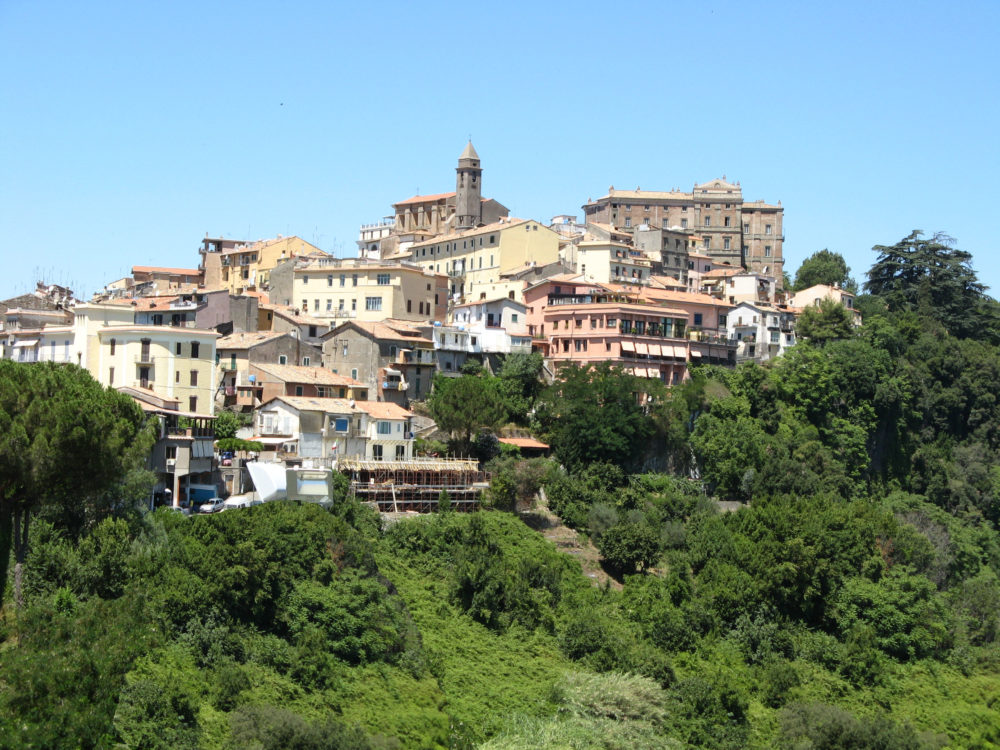
Another important town on Lake Nemi is Genzano di Roma, also located in Alban Hills. The origin of the town’s name is still unknown, but according to locals the hill on which the town stands was once devoted to the goddess Cynthia. The cult of the goddess had been associated to Diana Nemorensis. According to others, the town was named after the Gentiani family.
Every year in the month of June the Infiorata religious and folk festival is held in town. During the festival, held every Sunday and Monday after Corpus Christus for more than two centuries, the entire street of Via Italo Belardi is decorated with allegorical carpets made of flowers. A masked parade also takes place where the town’s citizens dress in traditional medieval clothes. During the spring months, there is a Mini Infiorata where the children of the town decorate the street on their own.








